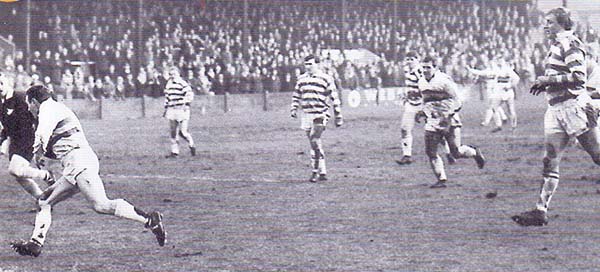 Doug Thomson takes a look back to when Christmas Day was an important part of the Rugby League fixture calendar.
It’s hard to believe now, but there was a time when Christmas Day Rugby League was as much a feature of the festive period as a good old sing-song around the tree.
It was go go go as well as ho ho ho, as after unwrapping the pres
Doug Thomson takes a look back to when Christmas Day was an important part of the Rugby League fixture calendar.
It’s hard to believe now, but there was a time when Christmas Day Rugby League was as much a feature of the festive period as a good old sing-song around the tree.
It was go go go as well as ho ho ho, as after unwrapping the pres Rugby League on Christmas Day
 Doug Thomson takes a look back to when Christmas Day was an important part of the Rugby League fixture calendar.
It’s hard to believe now, but there was a time when Christmas Day Rugby League was as much a feature of the festive period as a good old sing-song around the tree.
It was go go go as well as ho ho ho, as after unwrapping the pres
Doug Thomson takes a look back to when Christmas Day was an important part of the Rugby League fixture calendar.
It’s hard to believe now, but there was a time when Christmas Day Rugby League was as much a feature of the festive period as a good old sing-song around the tree.
It was go go go as well as ho ho ho, as after unwrapping the pres 